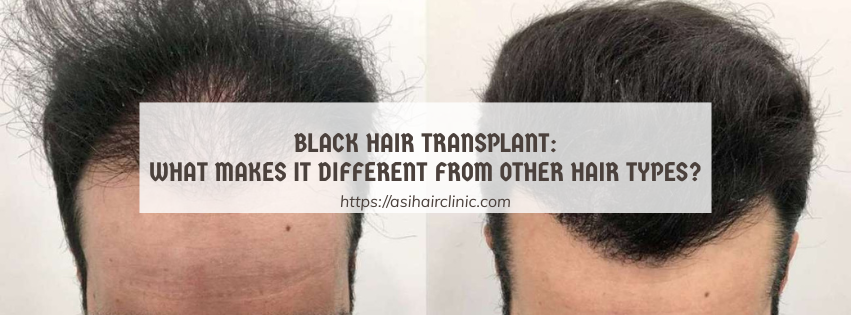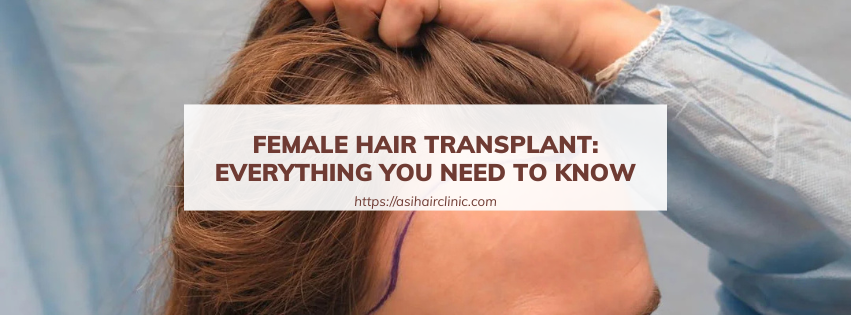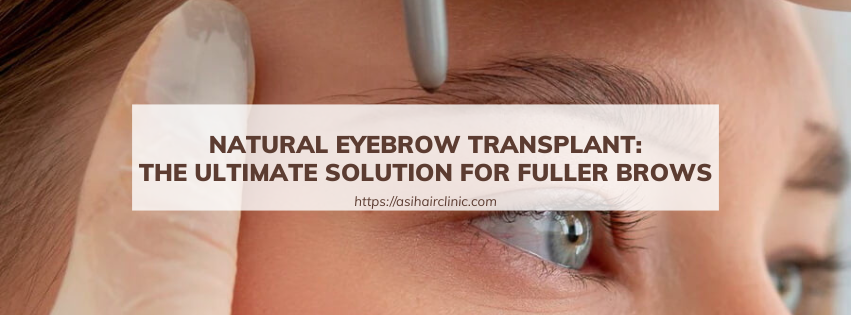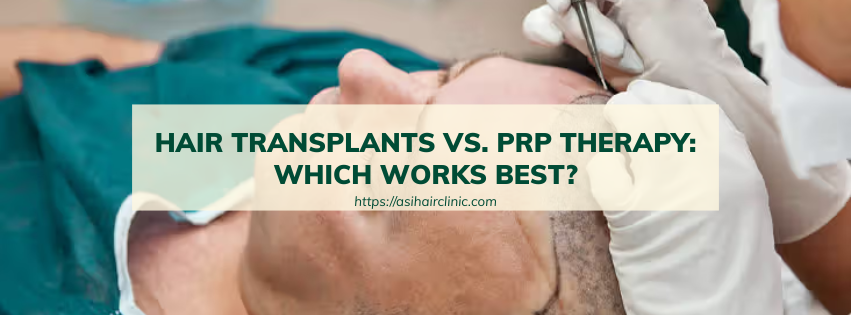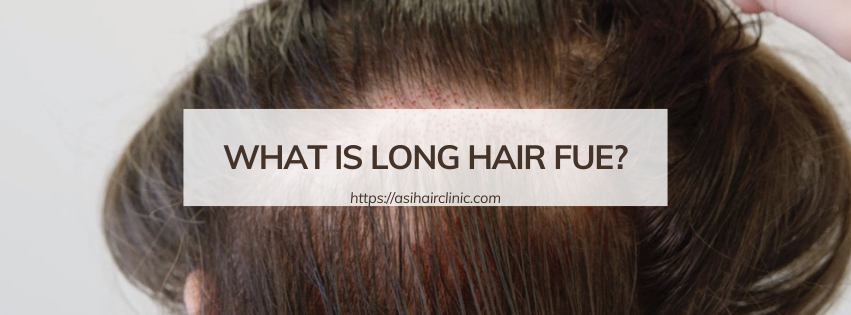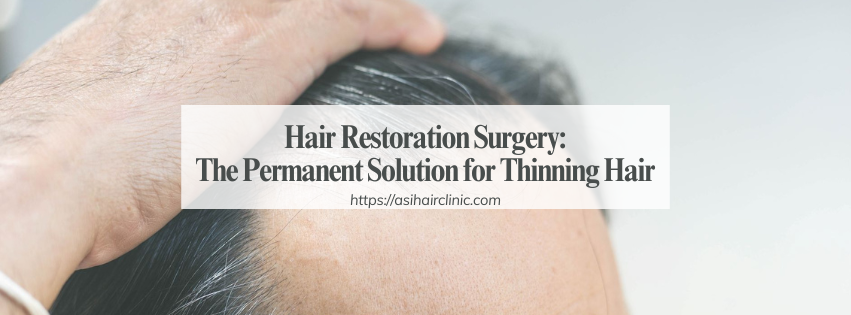The Best Treatments for Hair Loss: From Remedies to Transplants
Hair loss is a common issue that affects both men and women around the globe. Many individuals seek various solutions to restore their luscious locks, leading to a multitude of treatments available in the market. This article aims to explore the best treatments for hair loss, ranging from natural home remedies to advanced medical procedures like hair transplants.
The journey to finding an effective hair loss treatment can be daunting. With the plethora of options available today, it’s essential to understand each treatment's pros and cons to make informed decisions. In this comprehensive guide, we will delve deep into the most effective methods to combat hair loss and promote hair regrowth.
1. Understanding Hair Loss: Causes and Types
Before exploring the treatments, it's crucial to comprehend what causes hair loss and the different types that exist. Knowledge of these factors helps in choosing the most suitable treatment.
1.1. The Biology of Hair Growth
Hair growth occurs in cycles, with each strand growing for a certain period before falling out. Each hair follicle on our scalp has a life cycle that includes growth, rest, and shedding phases.
The normal hair growth cycle consists of three main stages:
- Anagen Phase: This is the active growth phase, where hair follicles produce new cells that result in hair lengthening. This phase can last anywhere from two to seven years.
- Catagen Phase: After the anagen phase, hair enters a transitional period lasting about two to three weeks, during which growth stops, and the hair follicle shrinks.
- Telogen Phase: This is the resting phase, lasting around three months, after which the hair falls out, and the cycle begins anew. Factors such as stress, poor nutrition, hormonal changes, and genetics can disrupt this cycle, leading to excessive hair loss.
1.2. Common Types of Hair Loss
Understanding the type of hair loss is essential in determining the right treatment. The following are some prevalent forms:
- Androgenetic Alopecia: Often referred to as male or female pattern baldness, this hereditary condition leads to progressive thinning and loss of hair. It follows a specific pattern, starting at the temples or crown.
- Alopecia Areata: An autoimmune disorder resulting in patchy hair loss, alopecia areata can affect anyone and may occur suddenly. The immune system mistakenly attacks hair follicles, causing them to shrink.
- Telogen Effluvium: A temporary hair loss condition caused by significant stressors such as illness, surgery, or emotional trauma. In this case, more hair follicles than usual enter the telogen phase.
- Traction Alopecia: Caused by hairstyles that pull on the hair and damaging the follicles over time. Tight ponytails, braids, or extensions can lead to this form of hair loss.
Each type has a unique cause, and understanding these differences is critical for selecting the appropriate treatment option.

2. Natural Remedies for Hair Loss
Many people prefer to start with natural remedies for hair loss, believing they are safer and less invasive than pharmaceutical options. Let's explore some popular natural treatments that have shown positive results.
2.1. Essential Oils and Their Benefits
Essential oils have gained much popularity for their therapeutic properties. Certain oils are known for promoting hair growth and improving scalp health.
- Rosemary Oil: Known for its stimulating effect on hair follicles, rosemary oil promotes blood circulation in the scalp. Massaging it into your scalp can enhance hair growth.
- Peppermint Oil: This oil has been shown to increase follicle depth and promote the anagen phase of hair growth. Its cooling effect also stimulates the scalp, giving it a refreshing sensation.
- Lavender Oil: Beyond its pleasant scent, lavender oil possesses antimicrobial properties that can improve scalp health. Studies have suggested that it may help promote hair growth when used consistently.
Incorporating these oils into your hair care routine could yield positive results. However, it's vital to dilute them with carrier oils like coconut or jojoba oil before application to avoid irritation.
2.2. Nutritional Approaches to Hair Growth
Good nutrition plays a crucial role in hair health. Including specific nutrients in your diet can bolster hair growth and prevent further loss.
- Biotin: A B-vitamin essential for keratin production, biotin supplementation may strengthen hair and stimulate growth. Foods rich in biotin include eggs, nuts, and whole grains.
- Iron: Iron deficiency can lead to hair loss, particularly in women. Incorporating iron-rich foods such as lean meats, beans, and spinach can significantly benefit hair health.
- Omega-3 Fatty Acids: Found in fish, flaxseeds, and walnuts, omega-3s nourish hair follicles and promote healthy hair growth. They also aid in reducing inflammation, benefiting overall scalp health.
Combining these nutritional strategies with topical treatments can create a holistic approach towards combating hair loss. Remember to consult with a healthcare provider before making any drastic dietary changes or starting supplements.
2.3. Herbal Remedies
Various herbs are believed to promote hair growth and prevent hair loss. While scientific studies supporting their effectiveness may be limited, many users swear by their benefits.
- Ginseng: Known for its revitalizing properties, ginseng can boost blood circulation in the scalp and encourage hair growth. Ginseng extract is often added to shampoos and conditioners.
- Saw Palmetto: This herb is thought to block the action of DHT, a hormone linked to androgenetic alopecia. Saw palmetto supplements may slow down hair loss and promote regrowth.
- Nettle: Rich in vitamins and minerals, nettle root extracts may support healthy hair follicles and minimize hair thinning. It's commonly consumed as a tea or in supplement form.
While herbal remedies can be beneficial, efficacy can vary from person to person. Patience is essential, as natural treatments often take longer to yield visible results compared to pharmaceutical options.
3. Pharmaceutical Treatments for Hair Loss
For those looking for quicker results, several FDA-approved pharmaceutical treatments for hair loss are available. These medications tend to have scientific backing and have been clinically tested.
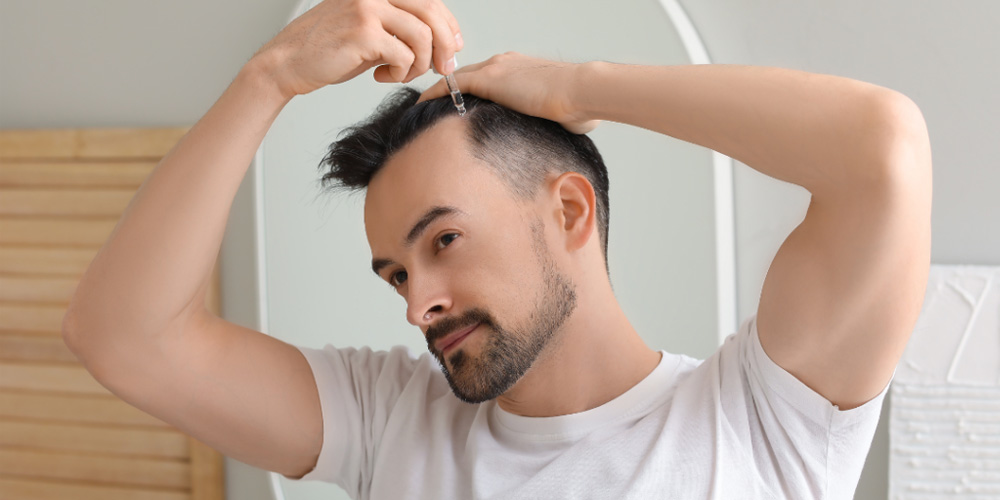
3.1. Finasteride: A Prescription Solution
Finasteride, sold under brand names like Propecia, is a prescription medication primarily used for male-pattern baldness. It works by inhibiting the conversion of testosterone into dihydrotestosterone (DHT), a hormone responsible for shrinking hair follicles.
- Mechanism of Action: By reducing DHT levels, finasteride can slow the progression of hair loss and even promote regrowth in some men. It is typically taken orally once daily.
- Side Effects: Like any medication, finasteride may come with side effects, including decreased libido, erectile dysfunction, and breast tenderness. Discussing potential risks with a healthcare provider before starting treatment is vital.
3.2. Minoxidil: Over-the-Counter Option
Minoxidil, available as a topical solution or foam (commonly known as Rogaine), is an over-the-counter treatment suitable for both men and women.
- How It Works: Initially developed as a blood pressure medication, minoxidil was found to have hair growth-stimulating properties. It dilates blood vessels in the scalp, thereby enhancing blood flow to hair follicles and prolonging the anagen phase.
- Application Process: Users typically apply minoxidil to the affected areas of the scalp twice a day. Consistency is key, as it usually takes several months to notice improvements.
- Potential Side Effects: Some users may experience scalp irritation, unwanted facial hair growth, or increased shedding initially. These effects often subside over time as the body adjusts.
Minoxidil remains one of the most accessible and popular treatments for hair loss, especially for those just beginning their hair restoration journey.
3.3. Platelet-Rich Plasma Therapy
Platelet-rich plasma (PRP) therapy has emerged as an innovative and advanced treatment option for hair loss. This therapy involves drawing a small amount of blood from the patient, processing it to isolate platelets, and then injecting it back into the scalp.
- How PRP Works: Platelets contain growth factors that stimulate tissue regeneration and healing. When injected into the scalp, they promote hair follicle activity, leading to improved hair density and health.
- Treatment Sessions: Typically, patients undergo multiple sessions spaced several weeks apart. Results often become visible within three to six months after the initial treatments.
- Risks and Considerations: As a minimally invasive procedure, PRP therapy carries low risks. However, potential side effects include swelling at the injection site, bruising, or mild pain.
Although PRP therapy may be costlier than other options, many patients report satisfactory results, making it a worthwhile consideration for those serious about addressing hair loss.
4. Advanced Treatments: Hair Transplants
For individuals experiencing severe hair loss, particularly those with androgenetic alopecia, hair transplant surgery may be the most effective solution. This procedure involves relocating hair follicles from a donor area (usually the back of the scalp) to balding areas.
4.1. Follicular Unit Transplantation (FUT)
FUT, also known as the strip method, involves removing a strip of scalp from the donor area and dissecting it into individual follicular units before transplanting them into the recipient area.
- Procedure Overview: The surgeon makes incisions in the balding areas and places the grafts carefully for a natural appearance. This technique allows for the transplantation of hundreds to thousands of follicles in one session.
- Recovery Time: Patients typically experience some discomfort and swelling post-surgery, but recovery is generally swift, with most returning to regular activities within a week.
- Scarring and Results: Though FUT may leave a linear scar, skilled surgeons can place the donor hair in a way that minimizes visibility. Results begin to appear after a few months, with full outcomes visible within a year.
4.2. Follicular Unit Extraction (FUE)
FUE is a newer hair transplant technique that does not involve removing a large section of the scalp. Instead, individual hair follicles are extracted directly from the donor area using a specialized tool.
- Advantages of FUE: This method results in minimal scarring, allowing patients to wear shorter hairstyles without noticeable marks. Furthermore, FUE tends to require less recovery time than FUT.
- Natural Appearance: Because grafts are placed more individually, the final result often appears more natural, mimicking the natural hair growth pattern.
- Suitability: FUE is considered suitable for patients with varying degrees of hair loss, including those with limited donor hair or advanced baldness.
Both methods of hair transplantation have undergone advancements over the years, making them viable options for those seeking long-term hair restoration solutions. Consultation with a qualified surgeon is essential to discuss the best approach based on individual circumstances.
Conclusion
Navigating the world of hair loss treatments can be overwhelming, given the myriad of options available. Understanding the best treatments for hair loss requires a balanced approach-recognizing the causes of hair loss, exploring natural remedies, considering pharmaceutical options, and researching advanced surgical techniques.
No one-size-fits-all solution exists; what works for one person may not work for another. Therefore, it is crucial to evaluate personal circumstances, desires, and potential risks before committing to any treatment option. Whichever route you decide to pursue, patience and consistency are key elements for achieving desirable results. With dedication and the right approach, combating hair loss and restoring your confidence is entirely possible.
LATEST POSTS

